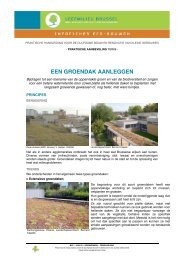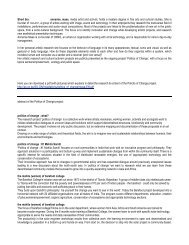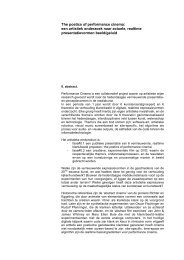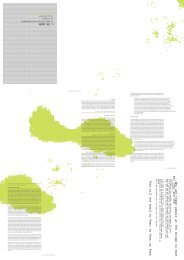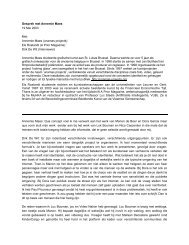MANIFESTO
MANIFESTO
MANIFESTO
Create successful ePaper yourself
Turn your PDF publications into a flip-book with our unique Google optimized e-Paper software.
Agrofuel Crops Result in Increasing Deforestation<br />
According to the World Resources Institute over the last 150 years,<br />
deforestation accounts for 20 to 30 percent of global greenhouse gas emissions<br />
(mainly carbon dioxide). The destruction of natural ecosystems - whether<br />
tropical forests or grasslands - not only releases greenhouse gases into the<br />
atmosphere when they are burned and plowed for clearing, but also deprives<br />
the planet of natural sponges, or sinks, to absorb carbon emissions. Croplands<br />
absorb far less carbon than rain forests or even scrubland it replaces, yet the<br />
demand for agrofuels is resulting in continued destruction of forests, grassland,<br />
and land set aside for regeneration and conservation.<br />
A 2004 report from the International Energy Authority estimated that a 10 percent<br />
substitution of fossil fuels would require 43 percent and 38 percent of current<br />
cropland area in the U.S. and the EU respectively. To have a meaningful substitution<br />
of fossil fuels, many more forests and grasslands would have to be cleared.<br />
In Brazil, vast swathes of the Amazon forest have already been cleared for<br />
soybean cultivation for cattlefeed. Encouraging soybean biodiesel would bring<br />
further devastation to the Amazon. At the same time, sugarcane plantations<br />
also encroach on the Amazon, but is mainly grown on the Atlantic forest and<br />
the Cerrado, a very bio-diverse grassland ecosystem. Already two-thirds of these<br />
areas are destroyed or degraded. 14 Also, as farmers in the U.S. have switched<br />
from planting soy to planting corn, Brazil is trying to make up this difference in<br />
soy production and it is doing this by clearing more of the Amazon.<br />
The pressure on forests in Malaysia and Indonesia is even more devastating. A<br />
Friends of the Earth report, The Oil for Ape Scandal (2005) reveals that between<br />
1985 and 2000 the development of palm oil plantations was responsible for<br />
an estimated 87 percent of deforestation in Malaysia. In Sumatra and Borneo,<br />
4 million hectares of forests were lost to palm farms; and a further 6 million<br />
hectares are slated for clearance in Malaysia with 16.5 million hectares to be<br />
cleared in Indonesia.<br />
Palm oil is referred to as the “deforestation diesel,” as it is now moving to<br />
become the major bioenergy crop. Current global palm oil production is more<br />
than 28 million tons per year and is projected to double by 2020. Malaysia and<br />
Indonesia have announced a joint commitment to each produce 6 million tons<br />
of crude palm oil per year to feed production of biofuels.<br />
In the face of such destruction there are still those who say that it is an<br />
unfortunate necessity given the climate and energy future; however, numerous




